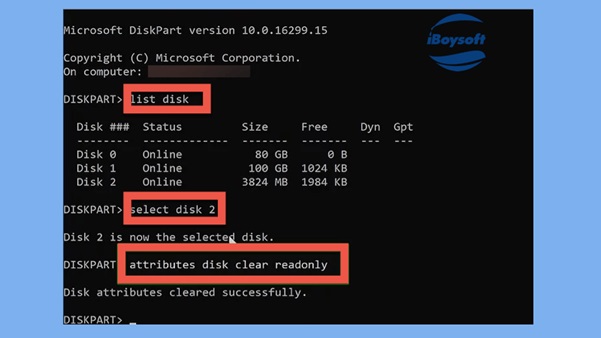Write protection on your SD card prevents your data from either accidental or malicious deletion, it also avoids the data from being erased. However, write protection can be annoying if you want to normally write to the SD card. To solve this issue, this post will offer you three feasible solutions. If these solutions won’t help, there are more solutions to make your SD card writable.
Solution 1: Remove physical write protection on your SD card
Generally speaking, all standard SD cards have a physical lock that can be toggled up and down to turn on or off the write protection. If you are unable to write to your SD card, perhaps you can start checking the lock.
You should first locate the lock switch on your standard SD card. For mini and micro SD card, you need to insert it into an SD card adapter, and then find the switch on the adapter. Then slide the lock-up to unlock your SD card (like the picture below). Next, you can reinsert the SD card or SD adapter to your devices, hopefully, you can write to the SD card now.
Solution 2: Disable read-only protection from your SD card
Sometimes, the SD card is read-only because it’s only granted read permission. To enable the write permission, you have to be the administrator of your PC and then use the diskpart command. Do follow the instructions very carefully.
Step 1: Click the Windows logo or Start in the bottom-left corner of your desktop.
Step 2: Type in: command prompt for search and run Command Prompt as an administrator from the results.
Step 3: Type in: diskpart into Command Prompt followed by pressing the Enter key.
Step 4: After allowing it to make changes, type in: list disk and press Enter.
Step 5: Locate your SD card according to the disk information and remember its disk number.
Step 6: Type in: select disk number and replace “number” with your SD card’s number, then press Enter.
Step 7: Type in: attributes disk clear readonly and press Enter.

Once it’s done, you can see Disk attributes cleared successfully message. Since this method requires using command line and can easily cause catastrophic damage to your data if anything goes wrong, when you are using this method, please do it with 100% caution.
Solution 3: Repair the corrupted SD card
If your SD card is partially damaged, it may result in writing misfunction. To repair the corrupted memory card, you can resort to File Explorer on your PC or First Aid on your Mac. Here’s how:
How to run File Explorer on Windows PC:
Step 1: On your Windows PC, find your SD card in File Explorer and right-click on it.
Step 2: Choose Properties in the context menu.
Step 3: Choose Tools and then click on the Check button.
How to run First Aid on Mac:
Step 1: Open Finder > Applications > Utilities > Disk Utility and open it.
Step 2: Click on View and choose Show All Devices to list all detected disks and volumes.
Step 3: Select your SD card in the left sidebar, you should know the name of it.
Step 4: Click First Aid on the top menu of Disk Utility.
Step 5: Click Run to check and repair errors in this drive.
You can safely unplug the card and then reinsert it, check if you can normally use the SD card this time.
In addition to the above methods, there are more you can try if you find it unable to write to the SD card. For example, when the memory card is too severely damaged to be repaired, you can try formatting it to have a fresh new start. Or if your SD card happens to be NTFS formatted, an NTFS for Mac software might help.


